Cuiyan Temple, the ancestral courtyard of Suzhou West Garden
★ Tourist location: Suzhou Tianchi·Cuiyan Temple in Huashan
Since each mountain has two names and even spans two districts, it is natural that each mountain has its own temple. Tianchi has Jijian Temple, and Huashan has Cuiyan Temple.
Because we entered from the entrance of Tianchi Lake, the first thing we saw was the spiritual bone towers of the eminent monks of past dynasties. There were six spiritual bone towers. The first three were slightly larger, and the last three were slightly smaller, with similar shapes. Only one behind was slightly different. The outside is surrounded by stones, and stone lions are carved on both sides of the entrance.
The history of Cuiyan Temple may be longer than that of Jijian Temple. It was built during the Eastern Jin Dynasty and has been more than 1,600 years old. At the end of the Yuan Dynasty, the temple was destroyed in a fire and was not rebuilt until the Yongle period of the Ming Dynasty. At the end of the Wanli Period, the deer pavilion was covered with grass. During the Tianqi Period, the abbot of Zhongfeng Temple Tiru and Cangxue continued to build the hall. The Daxiong Stone Pillar Hall was built during this period. In the 15th year of Kangxi, Governor Mu Tianyan wrote the title "Letan Zen Temple". Emperor Kangxi made his third southern tour and wrote the title "Cuiyan Temple". Emperor Qianlong made his sixth southern tour and presented a couplet "Xiuting Lianfeng View of the Sky and Wuhua Zang, the Song Path of the Qing Dynasty is called Yan Chaoyin", the title "Lotus Realm Yuncen", and he personally wrote the word "Qingyuan" and presented it to the temple monks.
Famous monks have emerged in large numbers from past generations in Cuiyan Temple. Since Zen Master Zhidun opened the foundation, eminent monks such as Hanshan, Luting, Tiru, Gao Yun, and Min Ying have emerged, leaving a large number of classic works. During the Qing Dynasty, Emperor Kangxi and Emperor Qianlong visited many times, and the scale at that time was relatively large in Wuzhong. There are three treasures in the temple: the bronze tripod, the iron Buddha, and the stone threshold. The incense is very strong. After Master Wen Hui was the abbot in modern times, he rebuilt Xiyuan Jiedonglu Temple. Therefore, Huashan Cuiyan Temple has always been regarded as an ancestral home by Suzhou Xiyuan Temple, and only relics remain today. Unfortunately, during the Cultural Revolution, the bronze tripod and the iron Buddha were destroyed, leaving no bones left. Only the stone threshold, although it was broken in the middle, was at least left.
Guanyin Hall enshrines a vertical statue of Guanyin, with the Shancai Dragon Lady on both sides. The statue of Guanyin is made of gold and stands on a lotus platform. It holds a lotus lamp in its left hand and a Buddha's handprint in its right hand. He looked kind and lowered his eyes slightly.
There are other statues of Guanyin around the hall, probably the embodiment of Guanyin. One of them is a thousand-handed Guanyin, sitting in a sitting position. All Guanyin are golden statues.
The scale of the Treasury Hall is not too large. Cloth curtains, kneeling mats and other things are all made of bright red. It looks jubilant and looks like wealth is rolling in.
The Mountain Shrine enshrines three Buddha statues, all sitting in a sitting position and made of gold. The so-called mountain god should be the god of Huashan, right? I just don't know what the origins of these three mountain gods are, but they look even more majestic than the Temple of Finance.
The Daxiong Hall is worthy of being the main hall of Cuiyan Temple. It is very majestic and magnificent. It goes up the high steps and enters the hall. Three Buddha statues are enshrined in the center, and the eighteen Arhats are arranged on both sides, all of which are made of golden bodies.
Walking to the front hall, there is a row of columns. It is said that this famous temple was burned by a fire during the Cultural Revolution, so there is only one row of columns left.
Cuiyan Temple also has a spring, which is actually a well. According to historical records, Wu Chengdi tea began in the Jin Dynasty, and the ancient well of Yiquan in Huashan was dug by Zhi Dun. The two words "Yiquan" are said to have been inscribed by Wang Xizhi, which has a history of more than 1,700 years. The well water is moist and sweet, making it the top grade for drinking tea.
Moving forward is the Tianwang Hall. Although the gate building of the mountain gate "Huashan Cuiyan Temple"(Huashan was originally named Huashan) looks simple, it was actually destroyed during the Cultural Revolution. What we see now is also newly built later.
Outside the gate, there is a square stone pavilion at the entrance called "Zhongfu Pavilion." The pavilion houses stone statues and embossed on all sides. I don't know what age it is.
There is a giant Buddha on the halfway slope of the mountain road. It is called the Great Guiding Buddha of the Yuan Dynasty. It is eight meters high. It was built in the Yuan Dynasty and is known as the "First Giant Buddha in Wuzhong". It sits on the mountain and has exquisite clothes. It is the treasure of Huashan. Buddha statue During the Cultural Revolution, two local villagers cut the Buddha statue into eight pieces. After the Cultural Revolution, Huashan contractor went to great lengths to reassemble the Buddha statue and build a pavilion to protect the Buddha statue from wind and rain. It is said that of the two people who were disrespectful to Buddha back then, one suffered a car accident and the other suffered from a terminal illness, and both passed away early. I don't know whether it is true or not.
There is a Lifo Pavilion at the foot of the mountain. This pavilion looks very new. It has six corners and a single eaves, and there are chairs on five sides. It can be used for tourists to climb the mountain and relax.
The "Yaoyue Pavilion" is also a square stone pavilion, similar in form to the Zhongfu Pavilion. However, this pavilion is not ancient. It should have been newly built later.
There are many cliff stone carvings in Huashan. The "Huashan Bird Road" is the most special. This stone is a reverse stone. It was written by Zhao Huanguang, a great hermit of the Ming Dynasty. The shape of the "mountain" is like a lotus flower, which implicitly matches the image of Lotus Peak.
The "Lingfeng Inn" next to it was also inscribed by Zhao Huanguang. He visited Huashan at night and was intoxicated by drinking. The clear wind and bright moon made him stop here. He wrote these three words impromptu and also left a poem: "The bird path lingers on the road, and the deep forest makes several rounds. Zhi Gong spends summer here, but it's cold in the evening of May."
Lifoping's "Upward Great Guiding Buddha" and "Lifoping" were titled by Zhu Baimin. He was equally famous as Wang Zaigong and Zhao Huan Gong. He was known as the "Three Masters of Wu Xia" and once lived in seclusion under Lotus Peak.
There is also a saying for the "Zhuxiu" stone carving. It is said that because of the beautiful scenery of Huashan, the cultural stars in the sky often live in the mountains when they come down to the earth to play, so Suzhou has many talented talents.
The "stone bed" is very vivid, engraved on the side of a stone shaped like a large bed. This stone has a flat cross-section, so that you can really lie flat and watch the stars at night.
There are also many cliff stone carvings scattered on both sides of the road or hidden in the green forest. A considerable number of these stone carvings are related to Buddhism and may have been written by eminent monks. There are more than 300 places such as "Cloth Bag","Everyone is happy","Drop the hat" and "Sit down". These are also treasures of Huashan culture.
When I went back, I went around and looked for Zhigong Cave. It is said that Zhi Dun once practiced meditation here to gain enlightenment and study the essence of Buddhism. The lecture platform in front of the cave is the place where Zhi Dun preached scriptures and sermons with Buddhist disciples. Zhi Gong was a famous Buddhist scholar in the Eastern Jin Dynasty and one of the six masters of Prajna. He mainly promoted the idea of "appearance is emptiness", that is,"nature emptiness". There is a Prajna Pavilion next to it, and the antique single-eaves pavilions in the four directions are also newly built. They should be in memory of Zhi Gong.
Only stone pillars and stone doorsill are left in the Cuiyan Temple Hall ruins, and it is known as Suzhou Yuanmingyuan. The difference is that Yuanmingyuan was burned down by the Eight-Power Allied Forces, while this Suzhou Yuanmingyuan was destroyed by our own people. The ancient cypress chestnut tree was planted by Kangxi and has a history of three hundred years. There are also more than ten Buddhist Tallinns of Zen masters intact behind the hall.
Because our car was parked at the entrance of Tianchi Mountain, we had to go back over the mountains and mountains. We just happened to check for leaks and make up for gaps. We really missed a few pavilions. However, although the newly built pavilions also have a cultural history, they are not very interested. However, we didn't notice the Imperial Stele Pavilion when we came down. The pavilion was built between the cliffs and had two imperial steles. One was two imperial poems by Kangxi and the other was an imperial poem made by Qianlong. During the Cultural Revolution, the stele and pavilion were damaged. Later, they were restored after many searches. Now they are repaired according to the original location.




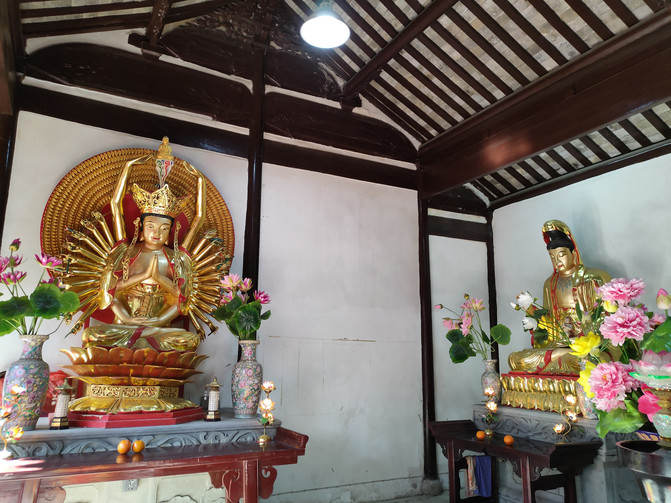








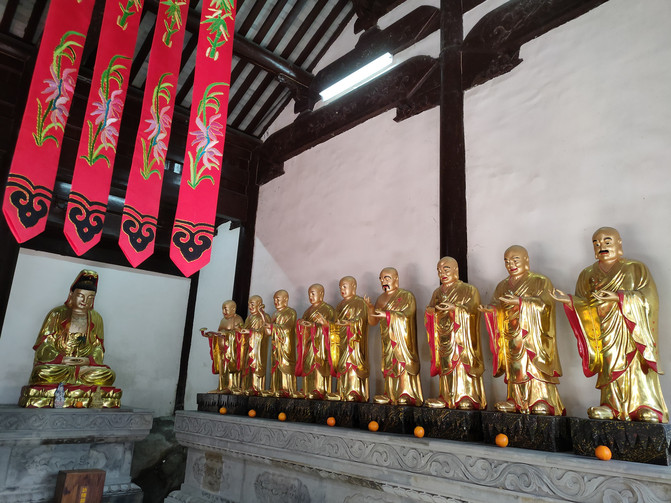


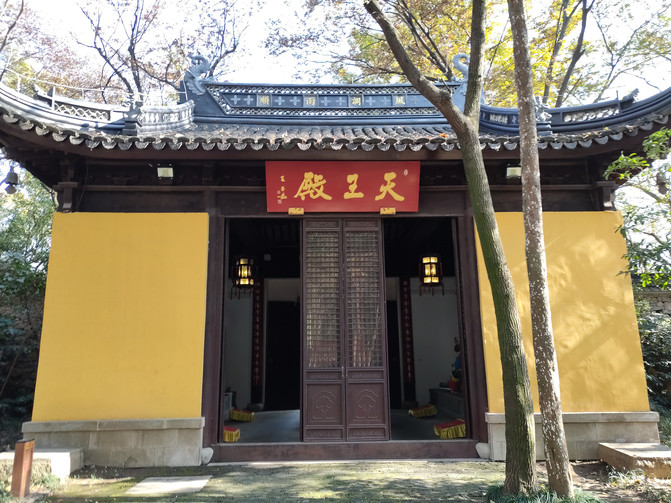


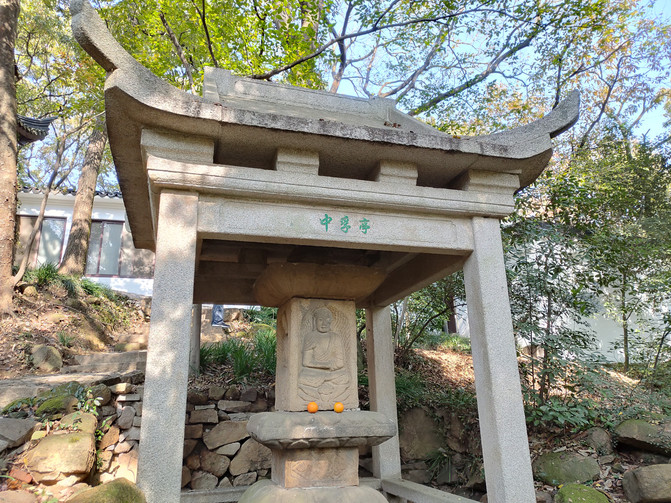












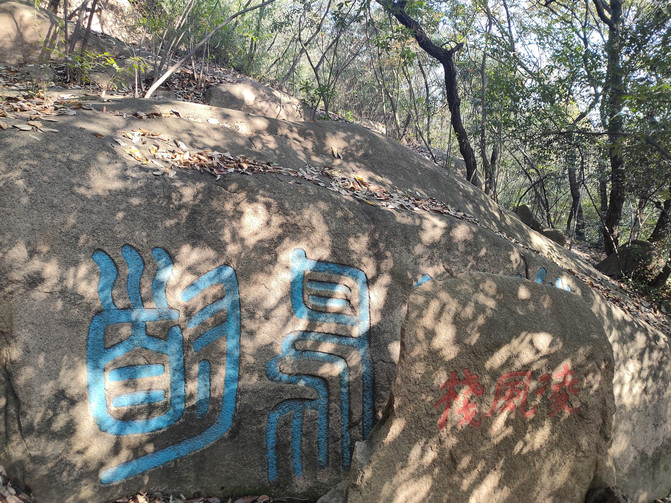
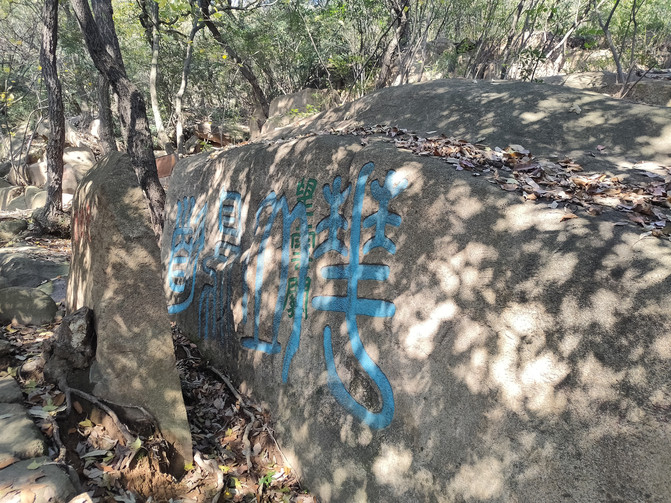


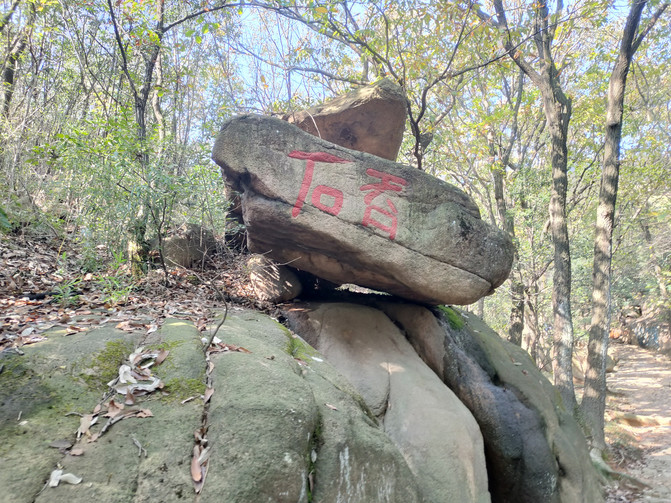





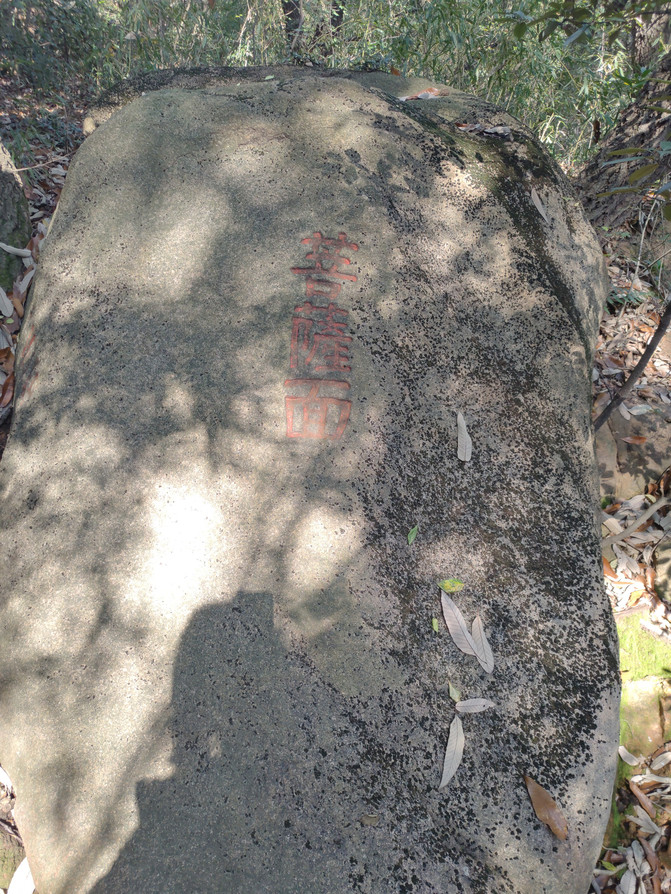

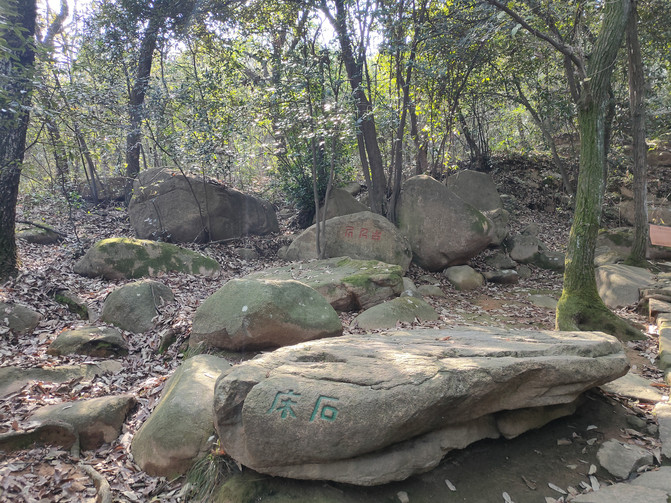






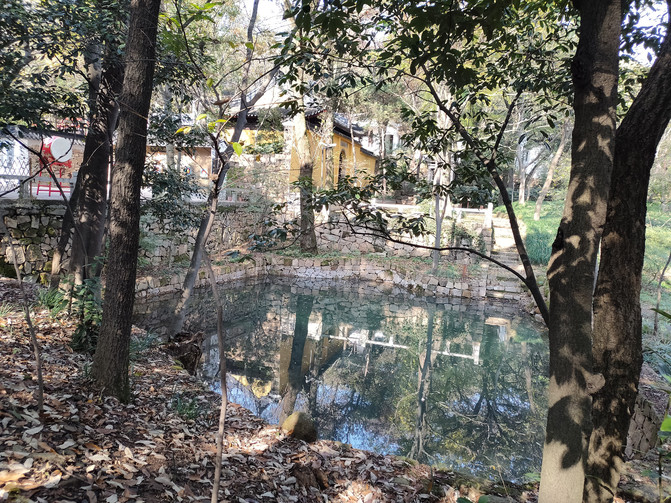






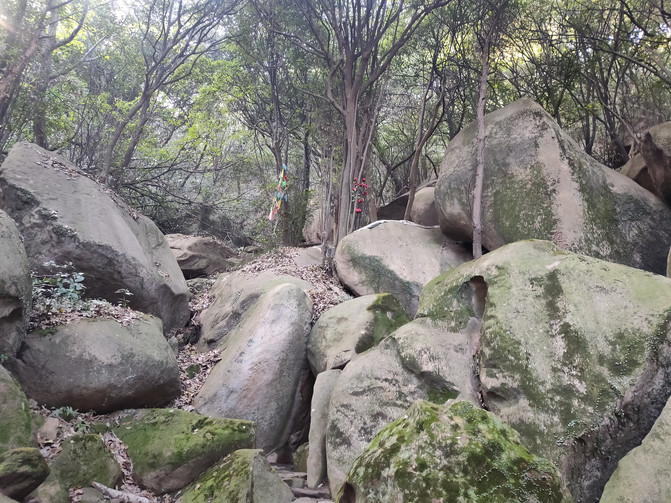
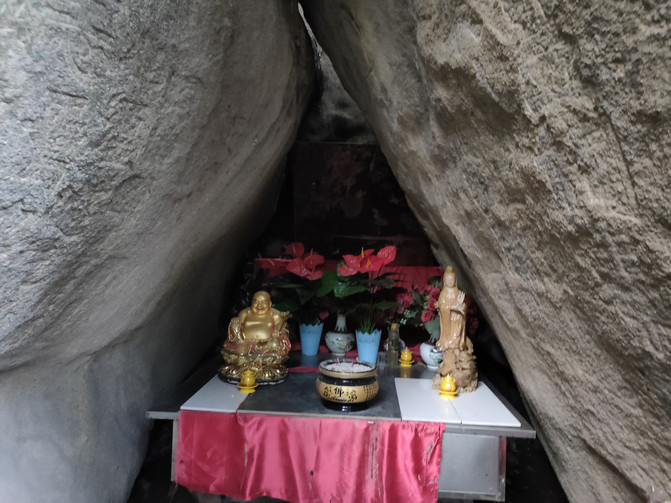




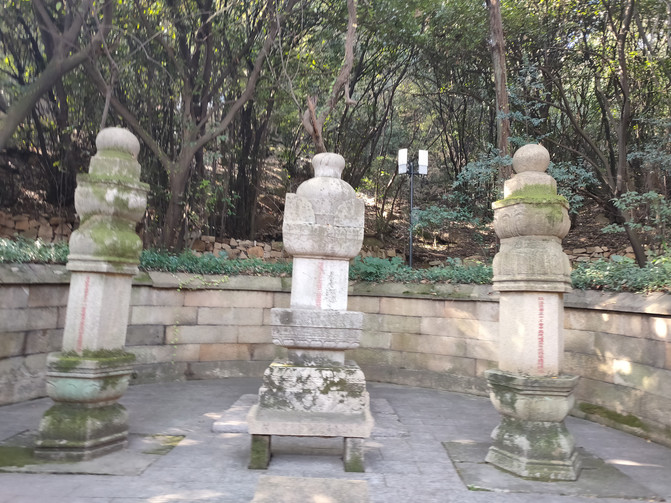








Previous Article:Sunwu Cultural Park, pay homage to the world's largest wisdom mountain
Next Article:Wonderful colors and flowers, an exhibition of fine porcelain from past dynasties
